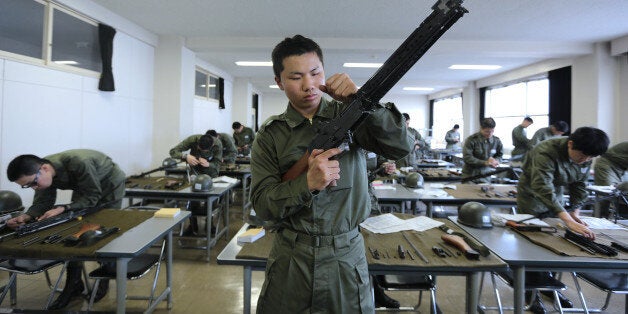
From Project Syndicate
In the past week, Abe created for himself considerably more political space to act as a strategic partner, not only to India, but also to Japan's other allies, particularly the United States. Quietly, a panel appointed by Abe's government this week offered a reinterpretation of a key element of Article 9 of Japan's constitution. For the first time since the Pacific War's end in 1945, Japan's Self-Defense Forces would be able to participate in "collective self-defense" -- meaning that Japan could come to the aid of its allies should they come under attack.
Of course, China and others in Asia have tried to muddy this change with the alarmist charge of a return to Japanese militarism. But the new interpretation of Article 9 augurs just the opposite: it embeds Japan's military within an alliance system that has been, and will remain, the backbone of Asia's prevailing structure of peace.
If properly understood by China, this can foster a greater strategic equilibrium in the region. It is now possible for Asia's greatest powers -- China, India, Japan, and the U.S. -- to form something akin to the concert system that gave Europe a century of almost complete peace in the 19th century.